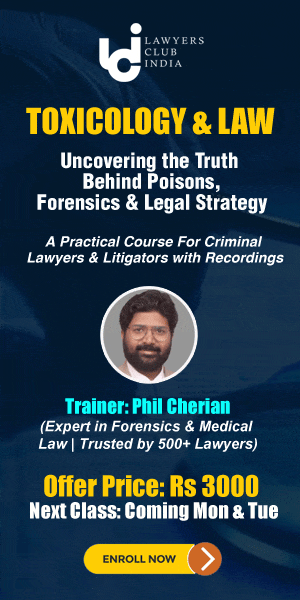Case Title:
Oriental Insurance Co. Ltd. Vs V Babu and Ors.
Date of Order:
10th June 2022
Bench:
Justice A. Badharudeen
SUBJECT
The duo of criteria to be fulfilled to receive compensation under Section 166 of the Motor Vehicles Act were defined in this judgment. It was held that the petitioner is required to establish the respondent’s (driver’s) negligence and that the victim had died due to a direct consequence of the said accident.
FACTS
- A woman (Lalam) was traveling pillion on a bike which was being driven by her own brother. On the way, they met with an accident leading to Lalam’s death.
- Lalam’s husband and two children filed a case before the Motor Accident Claims Tribunal, Alappuzha, alleging the driver’s negligence is what led to Lalam’s death.
- There were three respondents in the trial, the first being the owner, the second, being the rider, and the 3rd being the insurer.
- After duly noting both sides’ arguments (which will be elaborated below), the tribunal saw negligence in the actions of the driver and awarded damages of Rs. 4,68,856/- to the petitioner.
- The respondent, Oriental Insurance Co. (addressed as petitioner here on out) filed an appeal under Section 173 of the Motor Vehicles Act in the High Court challenging the Tribunal’s Decision.
ARGUMENTS ADVANCED BY PETITIONER
- The appellant denied the accident and any negligence on the part of the driver and highlighted that there wasn’t even a formal police complaint until 3 months post-accident when a private complaint was registered on the order of the Magistrate Court, exercising powers under Section 156 (3) of the Code of Criminal Procedure.
- It was argued that the death of Lalam was not a direct consequence of the accident as there was no definitive evidence and an absence of post-mortem procedure. The respondents insinuated that the death might have been a result of the stress caused by a valve surgery undergone by the diseased 10 years ago.
- In response to the wound certificate produced by the respondent, the appellant counter-argued that it does not prove the negligence of the driver. And that the testimony provided by PW-1 (the husband) cannot be taken into consideration as he was not an eyewitness and everything, he says counts as hearsay.
ARGUMENTS ADVANCED BY RESPONDENT
- The respondent said that despite the crime being registered at a later date, the wounds certainly indicate that the death was a direct consequence of the RTA (Road Traffic Accident)
- It was observed in the final report that the allegations of rash driving by the brother mentioned in the report were false. There wasn’t a protest complaint filed by the applicant and no witnesses were examined either.
JUDGMENT
- The court took notice of the fact that there was no substantive evidence from the respondent’s side of the negligence of the driver/brother.
- It was reiterated that in order to extract compensation from the wrongdoers under section 166 of the MVA Act, there needs to be definitive evidence that the death was due to a direct consequence of the accident.
- And the burden of proof rests upon the shoulder so the petitioner to present evidence of negligence of the driver of the vehicle which caused the accident. After the negligence and cause of death are ascertained to the driver and the accident respectively, the compensation is based on the degree of fault on the negligent side’s part.
- It was clear from the final report that there was no evidence bolstering the respondent’s allegations of negligence on the driver’s part. But the court acknowledged the possibility of the existence of substantive evidence that can nail the accusations into convictions, and capable of overturning the final report. However, no such substantive evidence was found.
CONCLUSION
- Thus, it was observed that due to the lack of any damming evidence suggesting the driver’s negligence, it was found that the case did not meet the twin conditions of ascertaining death as a direct cause of the accident and the negligence of the driver.
- The appeal was validated and the Tribunal’s decision was overruled.
Learn the practical aspects of CrPC HERE, CPC HERE, IPC HERE, Evidence Act HERE, Family Laws HERE, DV Act HERE
Click here to download the original copy of the judgement









